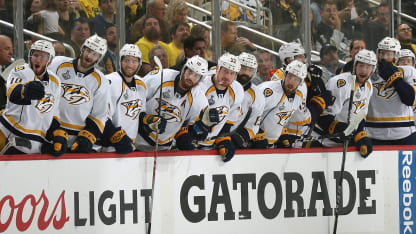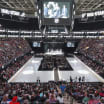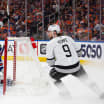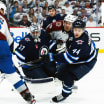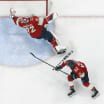Game 3 is at Nashville on Saturday (8 p.m. ET: NBCSN, CBC, SN, TVA Sports).
Looking at the underlying numbers is a good way to either challenge or confirm the eye test. In this case, there are two popular metrics that can help establish which team had an edge in terms of puck possession and/or territorial advantage: SAT and zone start percentage.
\[RELATED: Complete Stanley Cup Final coverage\]
In terms of SAT, a count of all shot attempts including those blocked or that missed the net, Nashville is leading Pittsburgh 86-57 at 5-on-5. In percentage terms, that means the Predators have been responsible for 60.14 percent of shot attempts at full strength.
These results line up almost exactly with the series zone start percentage of 60.61 percent, calculated as the number of faceoffs that occurred in Pittsburgh's zone (40), relative to Nashville's (26). Putting those pieces of information together, it is reasonable to say the Predators have controlled the play about 60 percent of the time.
The one wrinkle that can sometimes skew SAT and zone start percentages is the way a team can go into a defensive shell when protecting a third-period lead. Given that the Penguins carried a 3-1 lead into the third period of Game 1 and took a 2-1 lead 10 seconds into the third period of Game 2, it's possible that's what happened here. However, when setting third-period results aside, the Predators are leading in shot attempts by an even wider margin, 74-41.
The reason Pittsburgh is outscoring Nashville 7-2 at 5-on-5 despite being outplayed is because the Penguins have scored on 18.8 percent of their shots, compared to 3.9 percent for the Predators. That's a big change from the rest of the Stanley Cup Playoffs, when the Predators had the edge, 8.8 percent to 8.3 percent.
